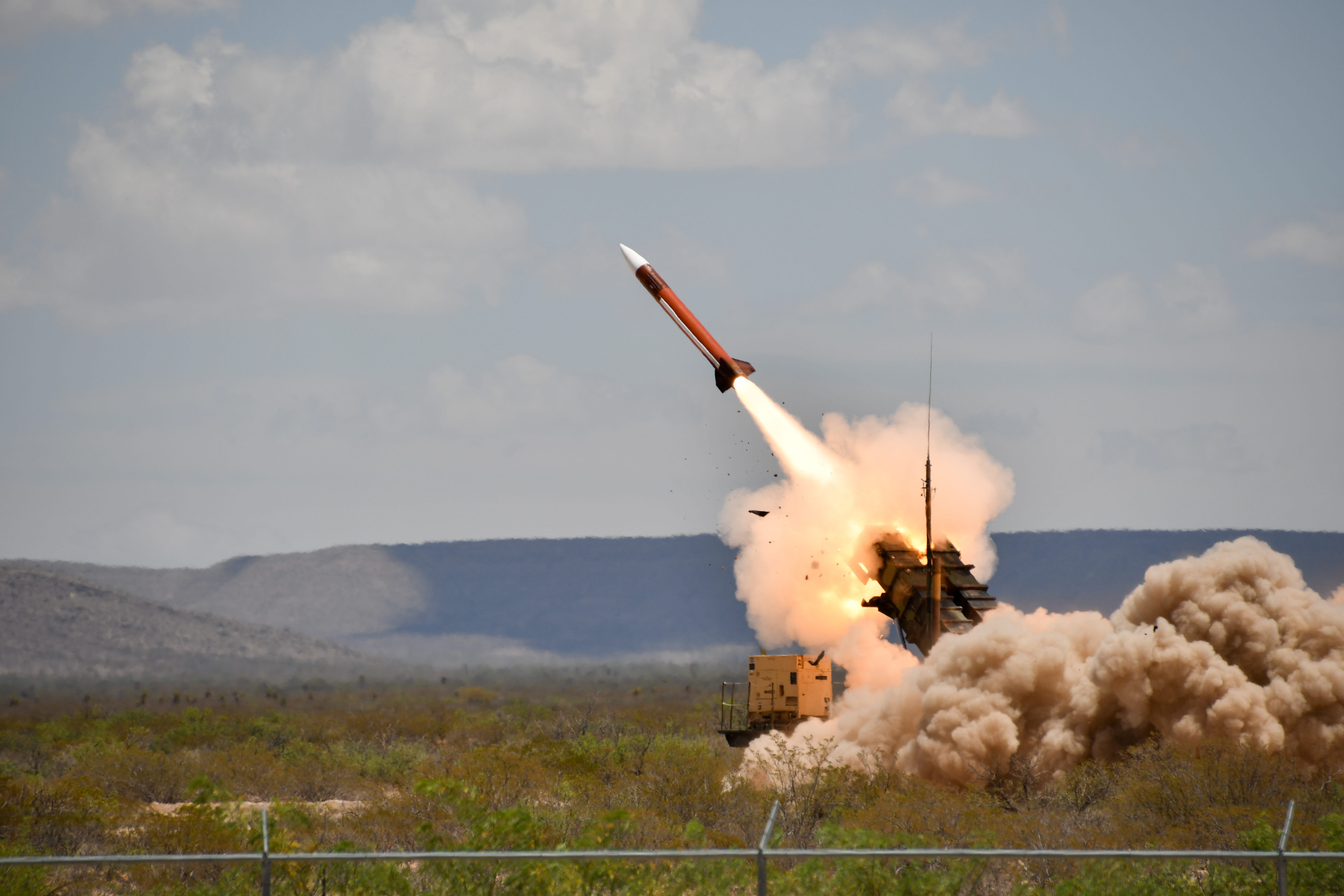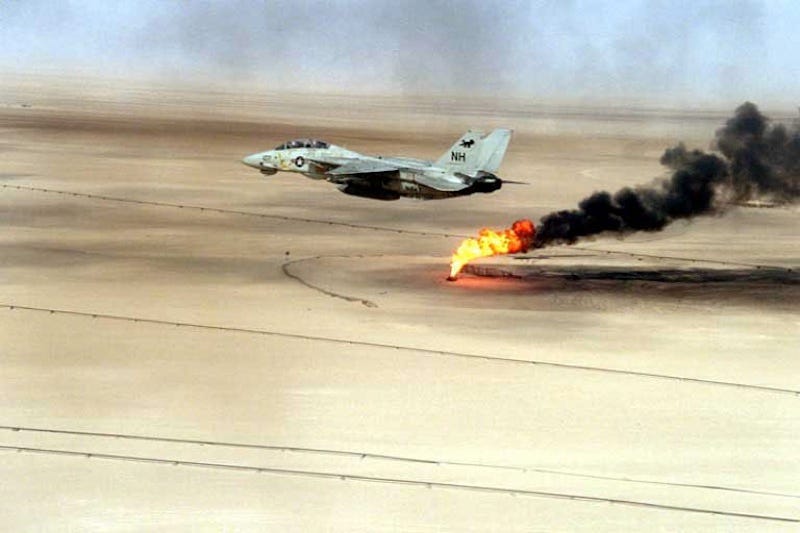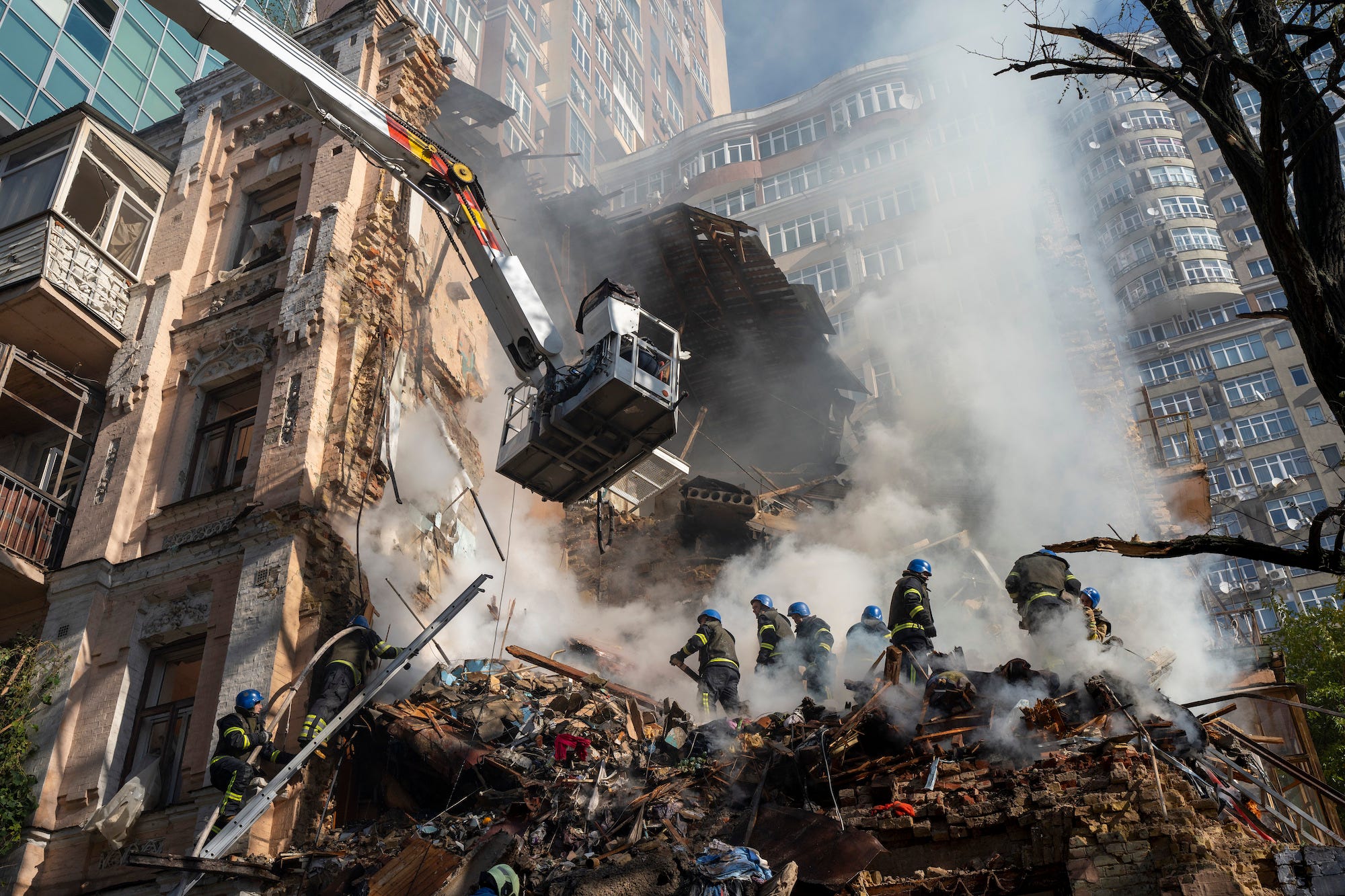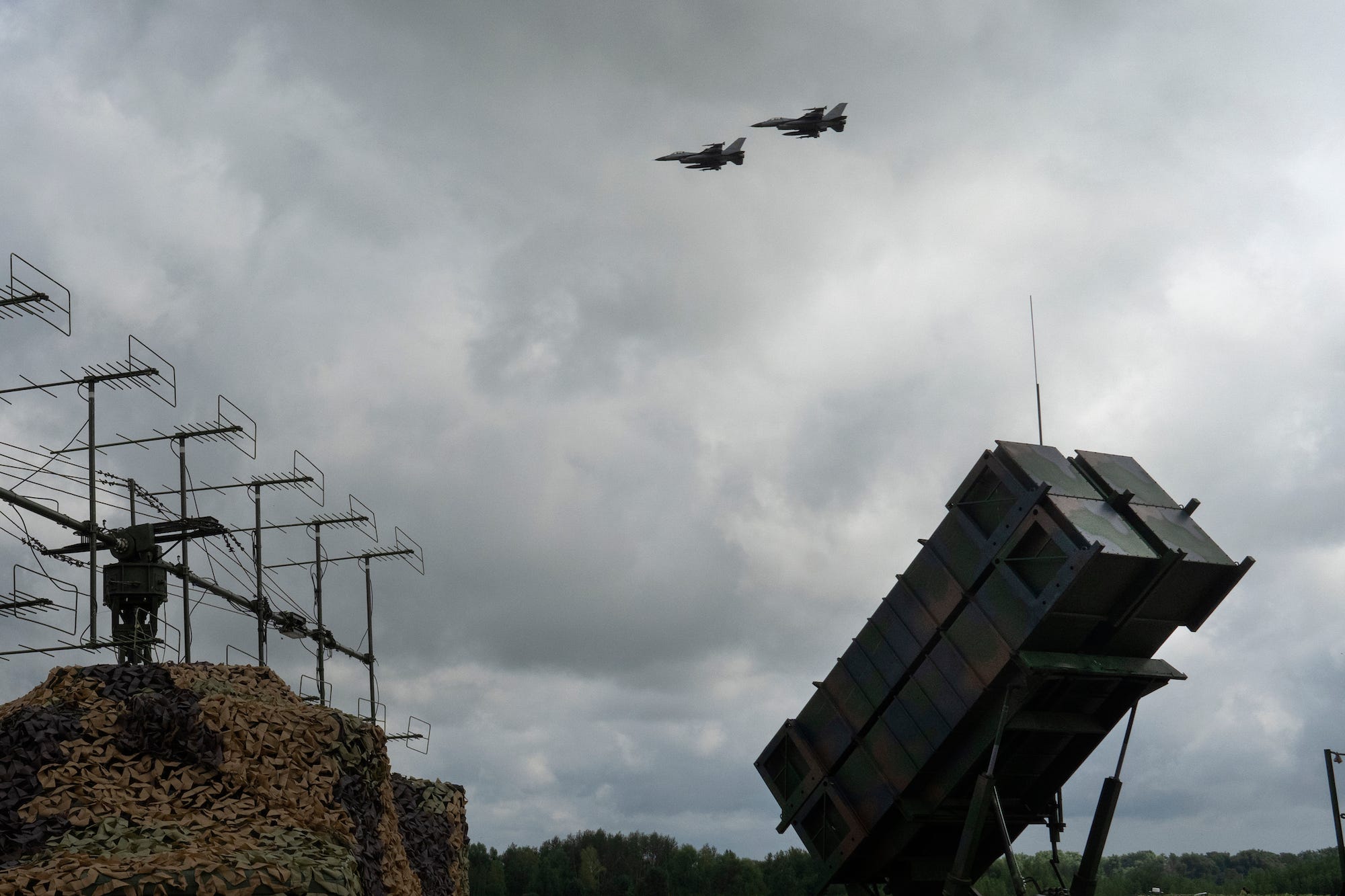
US Army photo by Sgt. David Rincon
NATO pledged to massively increase its air defenses as part of soaring defense spending. The aim is to rebuild a capability that the war in Ukraine has shown to be crucial but has been allowed to wither in the West since the end of the Cold War.
The heads of government for the 32 members of the decades-old security alliance committed last week to investing 5% of their GDP on defense and security by 2035. The increase, based on current GDP size, could be worth more than $1.4 trillion. NATO’s secretary general, Mark Rutte, said that one use for the money will be a “five-fold increase in air defence capabilities.”
He said the way Russia is fighting proved the need. “We see Russia’s deadly terror from the skies over Ukraine every day, and we must be able to defend ourselves from such attacks,” he said.
Western countries reduced their ground-based air defense arsenals after the end of the Cold War as they found themselves involved in conflicts with much smaller, less powerful adversaries. This war has shown that Western stocks are insufficient.
Lacking since the Cold War
Western countries have been fighting foes very much unlike Russia. Air superiority has been achieved with ease, enabling ground maneuvers. There hasn’t been a pressing need for weapons to shoot down enemy aircraft and ballistic missiles, except in one-off instances.
The US and the rest of NATO scaled back their ground-based defenses “very substantially,” Mark Cancian, a retired Marine Corps colonel who is now a senior advisor at the Center for Strategic and International Studies, said.
During the Cold War, as tensions skyrocketed between NATO and the Soviet Union, Western countries maintained substantial defenses. But in the aftermath, he said, “it appeared that fighter aircraft could handle any air threat, and the need for ground-based air defenses was much reduced.”
During Operation Desert Storm in the early 1990s, the US took control of the skies, and aircraft largely had free rein in the later wars in Iraq and Afghanistan, the main threat being to low-flying aircraft, helicopters in particular.

USAF
Ed Arnold, a European security expert with the Royal United Services Institute, said that Europe depioritized air defense at the end of the Cold War “because the types of missions that the Europeans were doing were, for example, overseas where you only needed a small sort of section of it to be able to protect your forces in the field.”
Retired Air Commodore Andrew Curtis, an air warfare expert with a 35-year career in the Royal Air Force, said that there had been “an element of complacency” in recent decades, but also an element of trying to prioritize what was needed when defense budgets shrank as countries felt safer in the post-Cold War era.
Russia’s war against Ukraine, which followed earlier acts of aggression, suggests the world has changed. But, Curtis said, the West has to some extent been “asleep at the wheel.”
The problem now, Justin Bronk, an air power expert at RUSI, explained, is “that NATO faces a significant shortfall in ground-based air defense systems, both in terms of number of systems, but also particularly ammunition stocks for those systems.”
Russia shows they’re needed
Rutte warned earlier this month that NATO needs “five times as many systems to defend ourselves,” and described the speed Russia was reconsituting its military as “threatening.”
Many European countries have warned Russia could attack elsewhere on the continent and are watching closely to see what weaponry and tactics it needs to be ready. The volume and variety of air attacks against Ukraine have thus made air defenses a top takeaway.
Russia can launch hundreds of drones and missiles in a single day, and NATO’s air defense networks are not well designed to deal with these kinds of strike threats, like exploding Shahed-136 drones backed by ballistic and cruise missiles.
Western countries need more defenses, as there are just so many air attacks. “Even if only 10% get through, that still does a lot of damage,” Cancian said.

Roman Hrytsyna/Associated Press
Cancian said innovations in this war, like drones being used more than in any other conflict in history, point to evolutions in warfare that make having strong air defenses more necessary than ever before. Nations aren’t just facing planes. It’s aircraft, missiles, and drones, all able to bring destruction.
And the solutions need to be layered to address threats within their cost range. For instance, high-end Patriot interceptors worth millions of dollars aren’t meant for cheap drones worth thousands.
Former Australian Army Maj. Gen. Mick Ryan, a warfare strategist, said that countries have to find “a balance” between the expensive systems like the Patriot or the THAAD system, both made by Lockheed Martin, and lower-end systems.
Ukraine, for example, uses AI-controlled systems equipped with machine guns to stop some smaller drones, and the US military has been experimenting with air-launched rockets as drone killers.
“It’s not just all about the exquisite, expensive, and highly capable systems. You also need some of those lower-end systems,” the former general said, adding that the last three years have not only shown how important air defenses are, but also “that the array of threats that air defenses have to deal with has broadened.”
Smaller weapons used in missile attacks, weapons like drones, can “saturate and overwhelm an air defense system” — a tactic Russia has employed.
For the West, Europe in particular, the new emphasis on bolstering critical air defenses and the push to spend more aren’t optional. “It’s not a choice. You absolutely have to do this,” Ryan said.
It’d be impossibly expensive to protect everywhere, but the West will need to sort its priorities, balancing front-line demands with the protection of civilians in cities, something Ukraine has grappled with throughout the war.

AP Photo/Efrem Lukatsky
Arnold said that “the biggest change, now as Ukraine is seeing, is you also need air defense to protect your civilians, all of your critical national infrastructure, and your forces in the field. So it’s absolutely critical.”
NATO’s new defense spending will be huge: No member currently spends that new 5% target, and many spent just over or below 2% in 2024, according to NATO’s own estimated figures. But spending doesn’t automatically solve the problem.
There is a big production backlog with many systems, and increasing production capacity takes years, industrial revitalization, and workforce expertise, much of which has been diminished with time, leading to a hollowing out of the defense industrial sector.
Bronk said fixing this “is much more a question of building production capacity at every stage in the supply chain as rapidly as possible as part of a crisis response rather than just spending more money.” More production capacity is needed for interceptors.
More money and big orders help, though, by giving industry confidence to invest more in facilities and processes, but there has to be sustained investment.
Rutte pledged that NATO’s increased spending would also be used on “thousands more tanks and armoured vehicles” and “millions of rounds of artillery ammunition,” but that many plans are classified.
The post NATO’s big $1.4 trillion bet is seeing long-ignored air defenses coming back in a big way appeared first on Business Insider.




